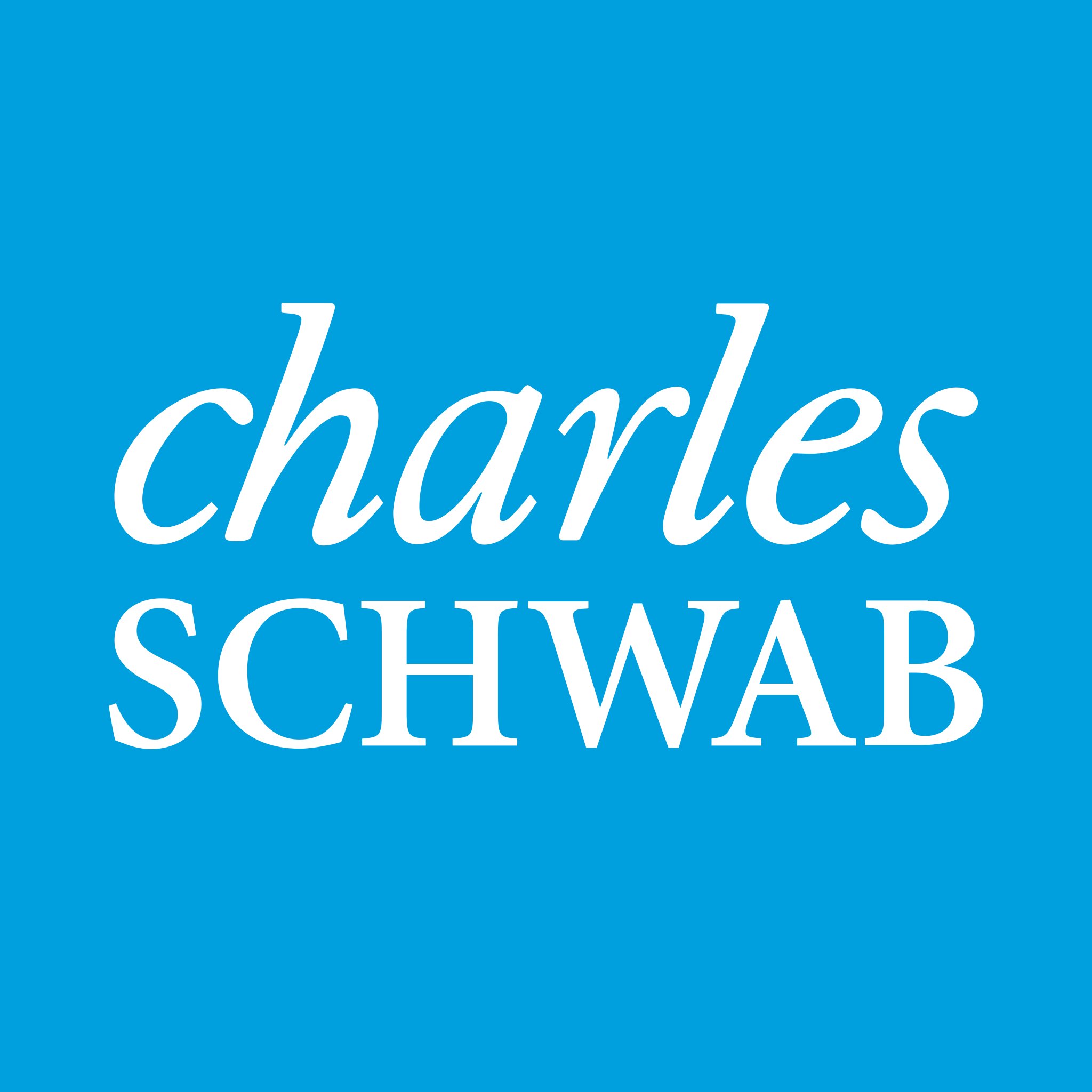Micro-Investing: What It Is and How to Get Started
Investing small amounts is certainly better than nothing, but micro-investing alone may not be sufficient for long-term goals.

Many, or all, of the products featured on this page are from our advertising partners who compensate us when you take certain actions on our website or click to take an action on their website. However, this does not influence our evaluations. Our opinions are our own. Here is a list of our partners and here's how we make money.
The investing information provided on this page is for educational purposes only. NerdWallet, Inc. does not offer advisory or brokerage services, nor does it recommend or advise investors to buy or sell particular stocks, securities or other investments.
What is micro-investing?
Micro-investing is the practice of investing tiny amounts of money regularly over time rather than investing large amounts all at once. It's essentially equivalent to putting spare change in the stock market. But is it enough for long-term financial goals?
Start investing with small amounts of money
Good for beginners and kids
Helps you dollar-cost average
Helps build a diversified portfolio
May not be enough for retirement on its own
Often has a management fee
Less control over what you can invest in
How micro-investing works
Platforms that feature micro-investing have been praised for allowing people to safely and responsibly start investing, no matter how little they know about the stock market. Micro-investing is also a good strategy for people who don’t have much money to invest, and it can help them learn more about savings, compounding growth and long-term returns, Jody D'Agostini, a certified financial planner with Equitable Advisors, said in an email interview.
“These small amounts accumulated over time can make a difference,” said D’Agostini, who’s based in Morristown, New Jersey.
This is because of compounding interest, in which you earn a return on your initial investment, but also on the growth.
Through compound returns, the longer you’re invested, the more time your money has to compound. And, D’Agostini said, starting that compounding effect before you have much income can be an incentive to continue investing as your income starts to grow.
Micro-investing apps
With micro-investing apps, the idea is to round up purchases, often to the nearest dollar, and use that spare change to slowly build up savings in a diversified portfolio of exchange-traded funds. Robo-advisors such as Acorns and Stash have made this incredibly easy, offering a debit card that does the roundup investing for you and offering investment guidance along the way. This is a departure from traditional brokerage accounts, which let you invest in the stock market, but don’t typically have a roundup feature.
» Compare the best robo-advisors
Making regular investment contributions over time (a practice known as dollar-cost averaging) can help investors stick to their investment plan and avoid trying to time the market — regardless of how much you're investing.
How much can you make by micro-investing?
The problem is, investing 45 cents here and 27 cents there may not be enough. Let’s say 25-year-old Sarah uses roundups that average out to $1.50 per day. Sarah will hardly miss the dimes and quarters leaving her bank account and going into her investment account, yet that will result in a monthly contribution of about $45. After 20 years at a return of 7%, that savings could potentially grow to about $23,500 by the time she’s 45. Not bad for just collecting coins in a virtual piggy bank. And while micro-investing has a lot going for it, it alone may not be enough.
Brokerage firms | |
|---|---|
But how much should you save for retirement?
According to a 2024 study from Vanguard, the average 401(k) balance for investors aged 35 to 44 years old was $$91,281.
Unfortunately, Sarah’s micro-investing strategy leaves her well below that average.
And there are other issues with micro-investing to consider, too. At this point, Sarah’s retirement savings is based on spending, not saving. How much would Sarah have at 45 had she invested some of that spending, instead? What’s more, if Sarah is only using a taxable brokerage account, she’s missing out on some major tax benefits of a retirement account, such as an IRA or a 401(k). That being said, most robo-advisors do offer IRAs in addition to taxable brokerage accounts.
NerdWallet rating 4.8 /5 | NerdWallet rating 4.5 /5 | NerdWallet rating 5.0 /5 |
Fees $0 per online equity trade | Fees $0 per trade. Other fees apply. | Fees $0 per trade for online U.S. stocks and ETFs |
Account minimum $0 | Account minimum $0 | Account minimum $0 |
Promotion None no promotion available at this time | Promotion Get up to $1,000 when you open and fund an E*TRADE brokerage account. Terms apply. | Promotion None no promotion available at this time |
What can I use in addition to roundups to stay on track?
Let’s imagine Sarah wasn’t using a micro-investing platform, and instead committed to contributing $100 per month to a tax-advantaged IRA. After 20 years at 7% growth, that would lead to savings of about $52,000. This is quite a bit more than the micro-investing strategy, but still falls short of Vanguard's average.
But what if these two strategies were executed in tandem? If Sarah was able to put that $100 in her IRA each month while investing $45 in leftover change, she’d theoretically have about $75,000 after 20 years — putting her much closer to the average for her age group.
Is micro-investing worth it?
What’s important to understand is that micro-investing alone likely won’t get you to retirement, but it can be helpful to dip your toes into investing or help get a young person on track.
“These apps are good for the novice investor to establish consistent savings patterns and create a habit around investing,” D’Agostini said of micro-investing apps.
But once you have more income or savings capacity, she said, “you might want to move to a more robust investment platform that can provide more education, guidance and financial planning.”
As a next step beyond micro-investing apps, D’Agostini recommends contributing to your employer’s 401(k), if it offers one. And if your employer offers a match, it’s wise to contribute at least enough to earn that match if you can afford to.
If your company doesn’t have a 401(k), the next step to consider would be opening an IRA.








